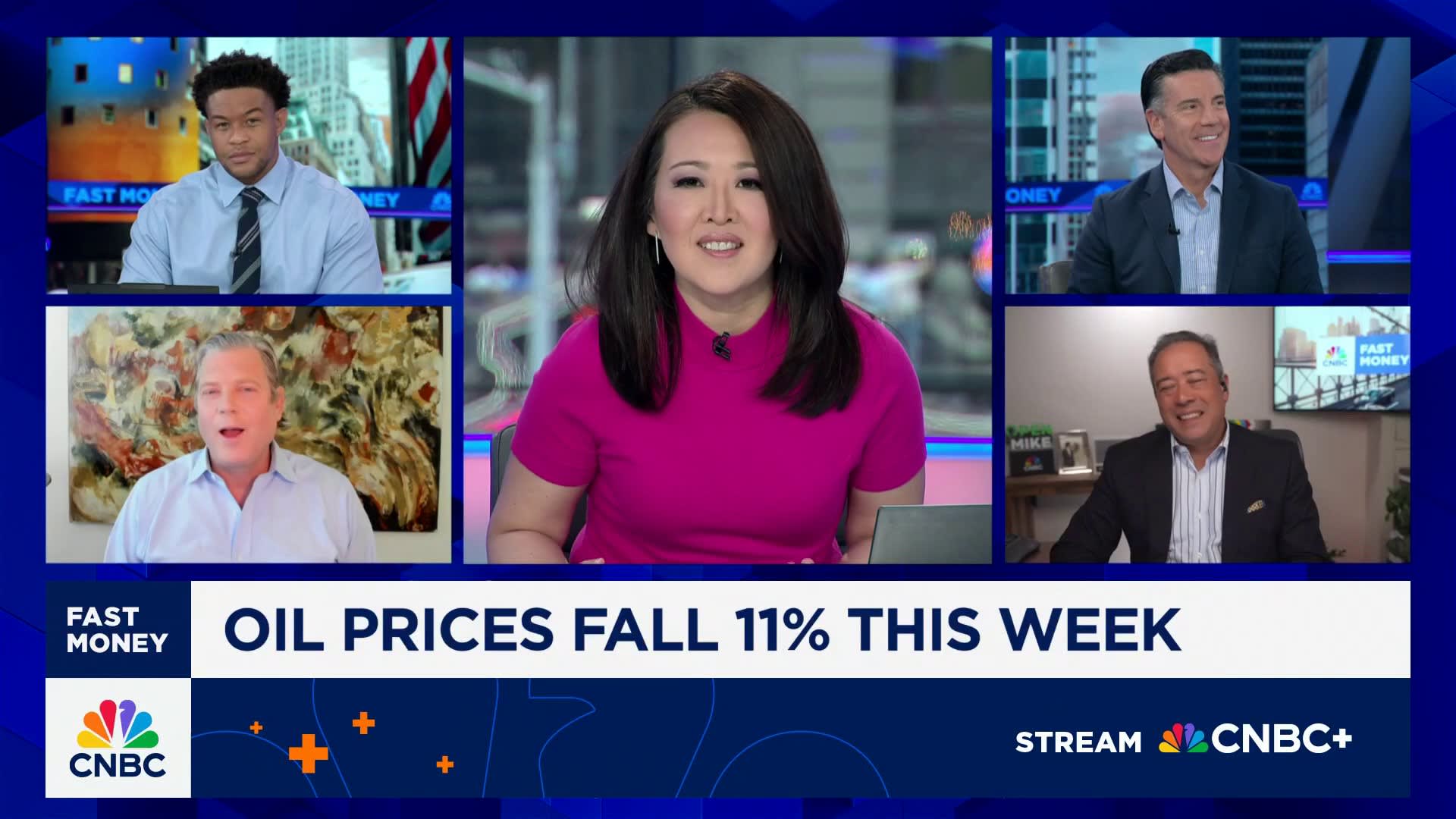09 June 2024, Russia, Moskau: A guardhouse of the Kremlin (l) and the Foreign Ministry (M, background) stand in the center of the capital. Photo: Ulf Mauder/dpa (Photo by Ulf Mauder/picture alliance via Getty Images)
Picture Alliance | Picture Alliance | Getty Images
Russia’s central bank on Friday raised its key interest rate by 200 basis points to 21%, citing consumer price increases considerably above its forecast and warning of ongoing high inflation risks in the medium term.
The key rate was taken up by 100 basis points to 19% in September.
The Friday move exceeds the 100 basis-point hike expected by analysts and brings the institution’s benchmark rate to its highest since February 2003, according to Reuters. It was last near similar levels in February 2022, when Russia’s policymakers lifted it to 20% to soothe local markets within days of Moscow’s invasion of neighboring Ukraine.
The bank struck a hawkish tone regarding further policy steps on Friday. In a briefing following the decision, Russian Central Bank Governor Elvira Nabiullina said that the institution’s board of directors had considered boosting the benchmark rate above 21% and leave open the possibility of further hikes at the next meeting in December, according to Google-translated comments carried by Russian state news agency Tass.
It noted annual seasonally adjusted inflation hit an average of 9.8% in September, up from 7.5% in August. It now anticipates the print will sit in a 8.0–8.5% range by the end of 2024 — and is running “considerable above” a July forecast of near 6.5-7.0%.
“Over the medium-term horizon, the balance of inflation risks is still significantly tilted to the upside,” the bank said in a statement. “The key risks are associated with persistently high inflation expectations and the upward deviation of the Russian economy from a balanced growth path, as well as with a deterioration in foreign trade conditions.”
The bank anticipates annual inflation will decline to 4.5–5.0% in 2025 and to 4.0% in 2026.
Russia’s economy has been constrained by depressed global prices for its key oil exports and by Western sanctions, which have restricted trade to deplete Moscow’s coffers for the war in Ukraine and contributed to declines in the ruble. The U.S. dollar was up 0.36% against the ruble at 12:52 p.m. London time.
The Russian interest rate hikes — which take place at a time when the European Central Bank and the U.S. Federal Reserve are embarking on steps to ease monetary policy — have raised concerns over a potential stifling of the nation’s economic growth.
The International Monetary Fund forecasts Russia’s inflation will average 7.9% this year, noting in its World Economic Outlook of October that the country’s GDP will decline from 3.6% this year to 1.3% in 2025, “as private consumption and investment slow amid reduced tightness in the labor market and slower wage growth.”










